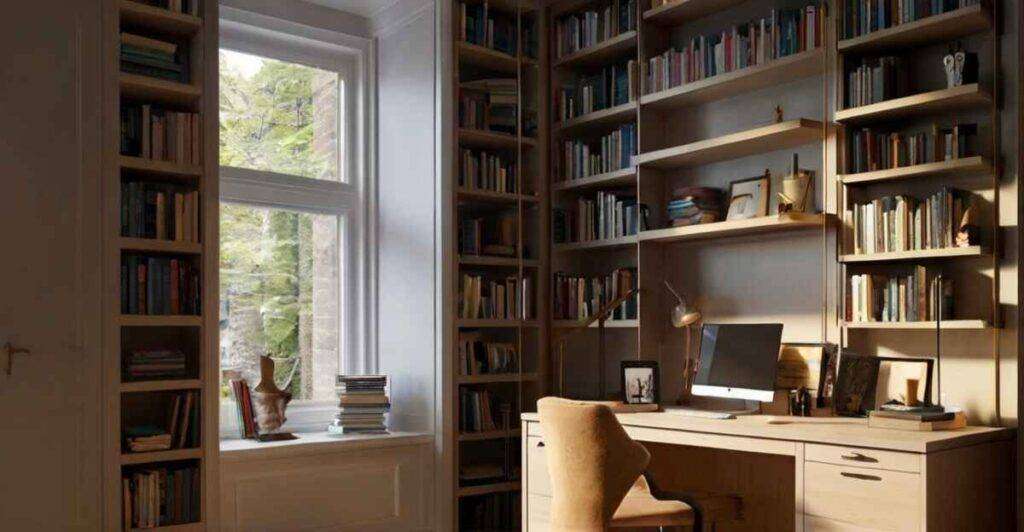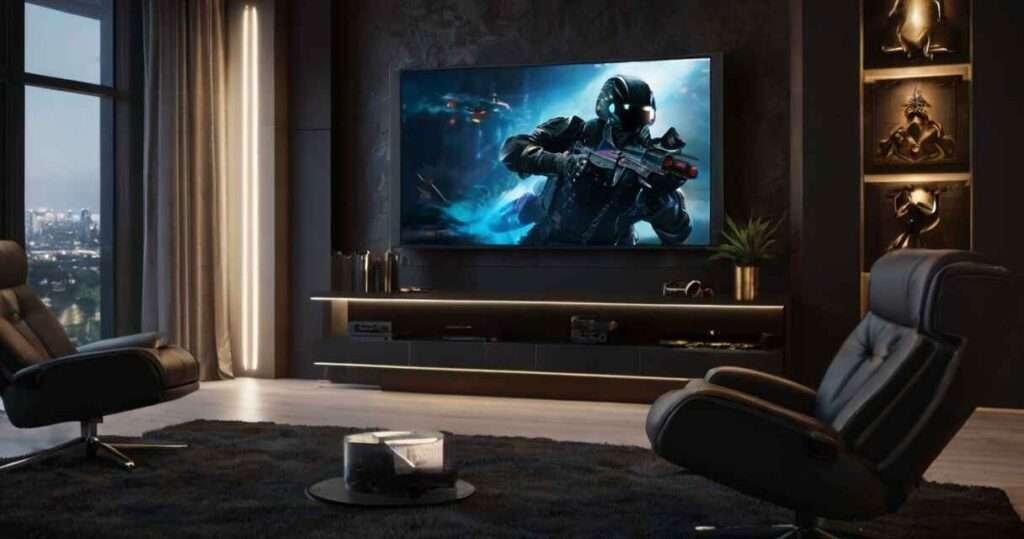Decorating a study room is not just about making it visually appealing; it’s about creating a space that fosters productivity, concentration, and creativity. Whether you’re a student, a remote worker, or someone who enjoys reading and learning, a well-decorated study room can make a significant difference in your daily routine. In this article, we’ll explore a variety of study room decoration ideas to help you design a space that is both functional and inspiring.
I. Importance of Study Room

Creating the perfect study environment is essential for anyone looking to maximize their productivity and focus. A study room that is well-decorated and thoughtfully designed can significantly impact your ability to concentrate and retain information. From choosing the right location to selecting ergonomic furniture and incorporating personal touches, there are countless ways to enhance your study space. Let’s dive into some study room decoration ideas that will transform your space into a productive haven.
II. Choosing the Right Location
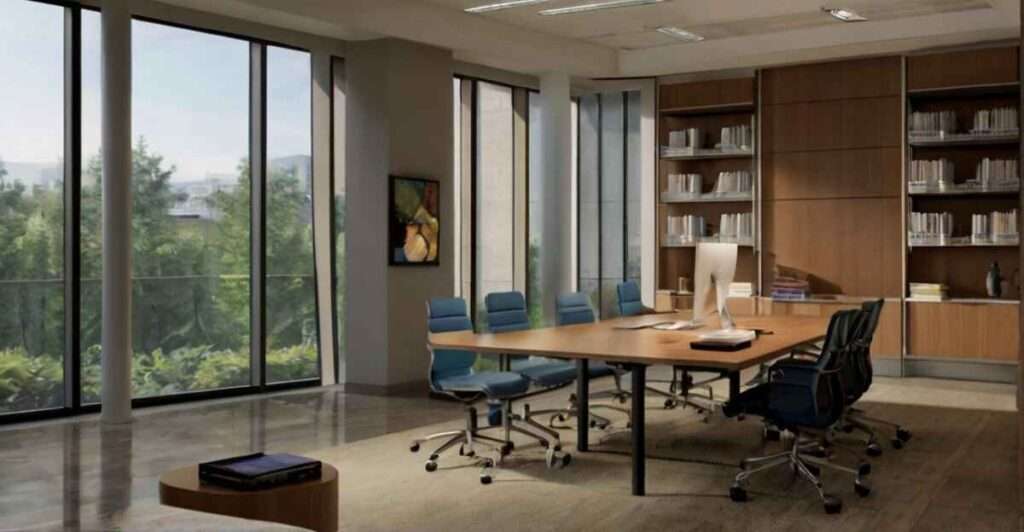
1. Importance of selecting an appropriate location for the study room
When choosing the location for your study room, consider factors such as noise levels, natural light availability, and proximity to distractions. A quiet area away from high-traffic zones is ideal to minimize disturbances during study sessions. Natural light is beneficial for reducing eye strain and boosting mood, so positioning your study room near a window can be advantageous. Additionally, being close to amenities like bathrooms or kitchenettes can enhance convenience.
2. Factors to consider when choosing the location
- Avoid areas with high noise levels, such as near TV rooms, kitchens, or busy streets.
- Look for spaces with ample natural light to create a bright and welcoming study environment.
- Choose a location away from distractions like household chores, social gatherings, or noisy appliances.
- Consider the accessibility of the location, ensuring it's easy to reach from other parts of the house.
- Being close to amenities like bathrooms, kitchenettes, or storage areas can add convenience to your study space.
III. Functional Furniture
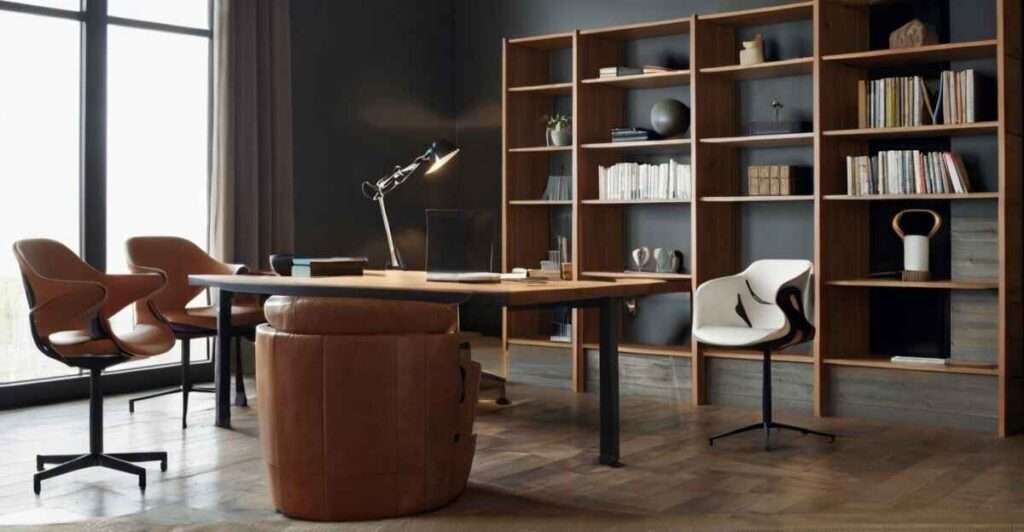
1. Essential furniture items for a study room
Desk:
A sturdy desk with ample surface area for studying, writing, and using a computer is essential. Opt for a desk with built-in storage options like drawers or shelves to keep your workspace organized.
Chair:
Invest in an ergonomic chair that provides proper support for your back, neck, and arms. Look for adjustable features like height and lumbar support to ensure comfort during long study sessions.
Bookshelves:
Bookshelves or shelving units are crucial for storing books, reference materials, and study supplies. Choose shelves that are sturdy and adjustable to accommodate various items.
Storage cabinets:
Consider adding storage cabinets or file drawers to keep paperwork, stationery, and other study essentials neatly organized and out of sight.
2. Tips for selecting ergonomic and functional furniture pieces
- Choose furniture with adjustable features like seat height, armrests, and tilt to customize the fit to your body.
- Prioritize comfort when selecting furniture pieces, especially for items like chairs where you'll be spending long periods. Look for cushioned seats, breathable materials, and proper lumbar support.
- Invest in high-quality furniture pieces that are built to last. Solid wood or metal frames are more durable than particleboard or plastic alternatives.
- Consider furniture with built-in storage options to maximize space efficiency in your study room. Look for desks with drawers, shelves, or built-in organizers to keep clutter at bay.
IV. Personalization and Inspiration
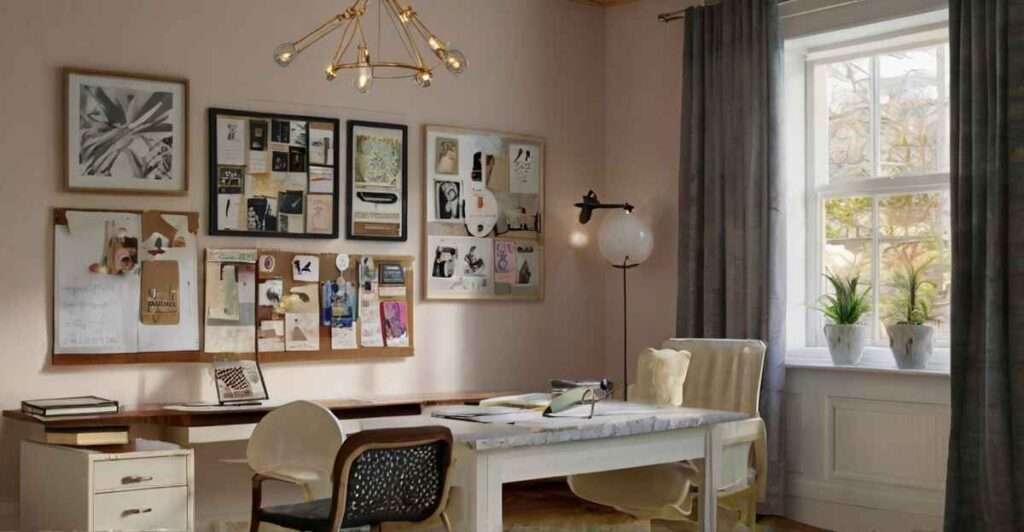
1. Adding personal touches to the study room decor
Personalizing your study room decor adds character and makes the space uniquely yours. Consider incorporating elements that reflect your interests, hobbies, and personality. This could include:
- Hang paintings, posters, or photographs that resonate with you and inspire creativity.
- Display items that hold sentimental value, such as souvenirs from travels, awards, or certificates.
- Get creative and make your own decor pieces, such as custom artwork, bulletin boards, or photo collages.
- Choose throw pillows, rugs, and curtains in colors and patterns that you love to add warmth and texture to the room.
- Showcase collections of books, vinyl records, or figurines that showcase your passions and interests.
2. Incorporating inspirational elements to motivate and inspire
An inspiring study environment can boost motivation and productivity. Surround yourself with items that uplift and energize you, such as:
- Hang framed quotes or posters with motivational messages that encourage perseverance and determination.
- Create a vision board with images, quotes, and goals that represent your aspirations and dreams.
- Bring nature indoors with houseplants known for their air-purifying properties and calming effects, such as peace lilies, snake plants, or succulents.
- Incorporate natural materials like wood, stone, or bamboo into your decor to evoke a sense of tranquility and harmony.
V. Optimizing Lighting

1. Different lighting options and their benefits
Lighting plays a crucial role in creating a conducive study environment. Consider incorporating the following lighting options to optimize brightness and ambiance:
Natural light:
Position your study room near a window to maximize natural sunlight, which helps regulate your circadian rhythm and improves mood and productivity.
Task lighting:
Install desk lamps or adjustable floor lamps to provide focused illumination for reading, writing, and studying specific tasks.
Ambient lighting:
Use overhead lights, pendant lights, or wall sconces to provide general illumination and create a warm and inviting atmosphere in the study room.
Dimmer switches:
Install dimmer switches to adjust the brightness of your lights according to your needs and preferences, allowing you to control the ambiance and mood of the room.
2. Importance of proper lighting in a study room
Proper lighting is essential for reducing eye strain, preventing headaches, and maintaining focus during study sessions. Insufficient or harsh lighting can cause glare, shadows, and discomfort, making it challenging to read or work for extended periods. By investing in appropriate lighting fixtures and positioning them strategically, you can create a well-lit study environment that enhances productivity and comfort.
VI. Utilizing Space Efficiently

1. Creative storage solutions for books, supplies, and equipment
Maximizing space is key to keeping your study room organized and clutter-free. Consider implementing the following storage solutions to make the most of limited space:
Vertical storage:
Install wall-mounted shelves or bookcases to utilize vertical space and keep books, files, and supplies within easy reach.
Under-desk storage:
Use rolling storage carts, filing cabinets, or storage bins to store paperwork, stationery, and office supplies underneath your desk and out of sight.
Built-in storage:
Customize your furniture with built-in storage options like drawers, cubbies, or compartments to hide clutter and maintain a clean and streamlined look.
Multi-functional furniture:
Invest in furniture pieces that serve dual purposes, such as a desk with built-in shelves or a storage ottoman that doubles as seating and storage for blankets, pillows, or files.
VII. Color Psychology
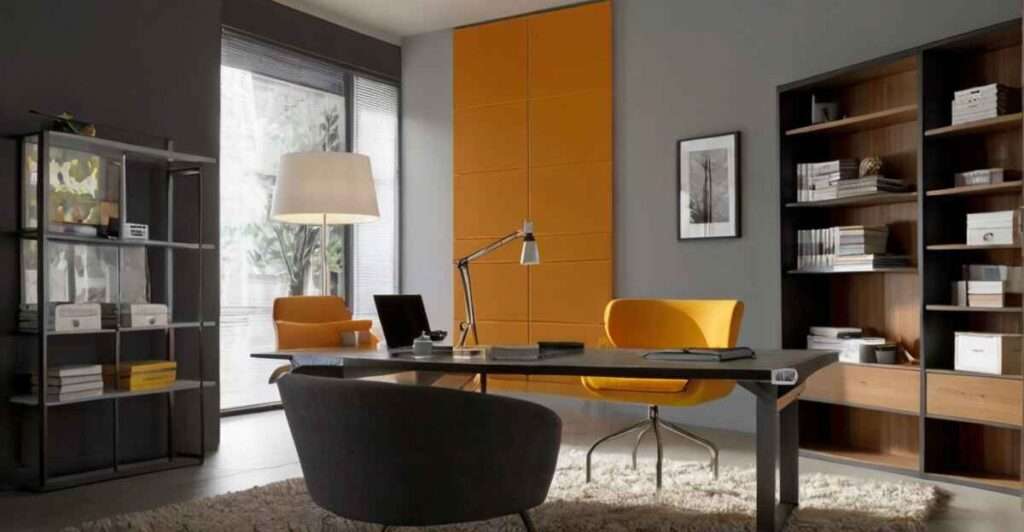
Top FAQs on How To Make Study Room SoundProof
1. Choosing the right color scheme for a study room
Color psychology plays a significant role in influencing mood, behavior, and productivity. When selecting a color scheme for your study room, consider the following:
Cool colors:
Shades of blue, green, and violet are known for their calming and soothing effects, making them ideal choices for study rooms where focus and concentration are essential.
Warm colors:
Hues of yellow, orange, and red are energizing and stimulating, making them suitable for creative workspaces where inspiration and innovation are encouraged.
Neutral colors:
Beige, gray, and white serve as versatile backdrops that complement any decor style and create a clean and timeless look in the study room.
Accent colors:
Add pops of color with accent pieces like throw pillows, rugs, or artwork to infuse personality and visual interest into the space without overwhelming the senses.
2. Exploring the psychological effects of colors on productivity and mood
Different colors evoke different emotional responses and can impact cognitive performance and mood. Understanding the psychological effects of colors can help you create a study room environment that supports your goals and enhances your well-being. For example:
Blue:
Promotes relaxation, focus, and mental clarity, making it ideal for study rooms and workspaces where concentration is paramount.
Green:
Symbolizes growth, renewal, and balance, creating a sense of harmony and tranquility that fosters creativity and productivity.
Yellow:
Stimulates optimism, positivity, and creativity, uplifting the mood and boosting energy levels in the study room.
Conclusion
Making your study room look nice isn’t just about how it appears; it’s about creating a space that helps you work better, focus more, and feel inspired. By following the tips in this article – like picking the right spot, getting useful furniture, and adding personal touches – you can turn your study area into a place where you feel good and do your best work. Remember, a well-decorated study room isn’t just for studying; it’s a special space that supports your learning and helps you succeed in whatever you do.
Top FAQs on Study Room Decoration Ideas
Decorating your study room makes it a better place to work or study. It helps you feel good and concentrate more, leading to better results.
Choosing the right spot for your study room means finding a quiet place with good light and few distractions. This helps you focus better and get more work done.
Essential furniture for your study room includes a sturdy desk, a comfy chair, shelves for books, and cabinets for storage. These items make it easier to work and keep things organized.
Personalizing your study room means adding things you like, such as photos, posters, or decorations that make you happy. It makes your study space feel more like your own.
